Halfords has reported a tough fourth quarter with retail like-for-likes down 6.8%, and the cycles and automotive retailer is implementing a share buyback programme of up to £75m.
For the 13 weeks to April 1, Halfords’ car maintenance like-for-likes were down 11.7%, car enhancement was down 8.8% but leisure was up 6.1%
It said cycle sales returned to growth up 8.7% like-for-like, and online sales were up by 52%. It said car maintenance declined against tough 2010 winter comparatives.
In retail, it has launched a new marketing campaign – That’s Helpful, That’s Halfords – to emphasise its service credentials.
It said product cost pressures are increasing, but its market leading positions and sourcing options give it some flexibility. Gross margins are expected to reduce by at least 30bps as it invests in value for customers.
Operating costs such as payroll, energy and occupancy are expected to increase the underlying cost base by around 2.5%. Planned investments in incentives and IT infrastructure will add a further 1.5%.
David Wild, chief executive, said: “We believe the environment will remain difficult for customers. We are responding with a trading strategy that offers great value, expert services and many new products; including the re-launch of our entire premium cycle range. In Halfords Autocentres we will build on the good early results since rebranding.
“Our plans are supported by the launch of our new campaign “That’s Helpful That’s Halfords” which will reinforce our unique service proposition. These initiatives give us the potential to trade more strongly in the year ahead.”
Halfords said it anticipates pre-tax profit to be between £124m to £127m for its 2011 financial year, and group sales of £869m.
The share buyback takes immediate effect. The retailer said it reflects the group’s low borrowing, strong cash generative position and its confidence in future prospects.
Wild said: “We are pleased to announce the launch of a share buyback programme. The strength of our cash generation and our balance sheet means that we can both return capital to our shareholders, maintain our dividend policy and retain the flexibility to invest when we identify the right opportunity.”







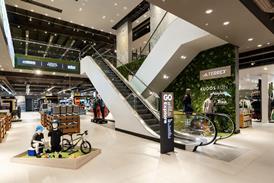















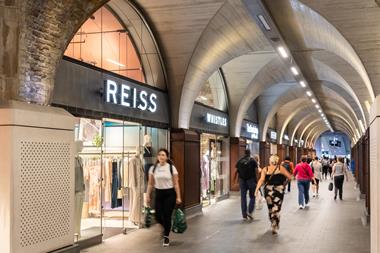
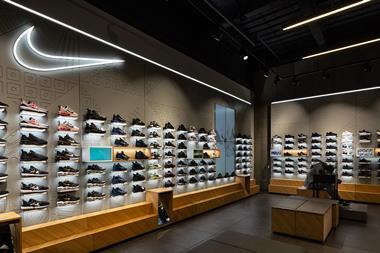
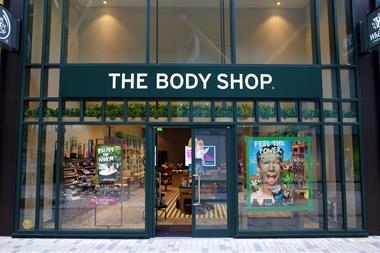
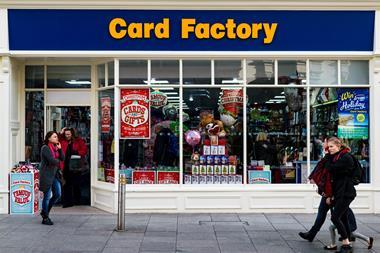

No comments yet